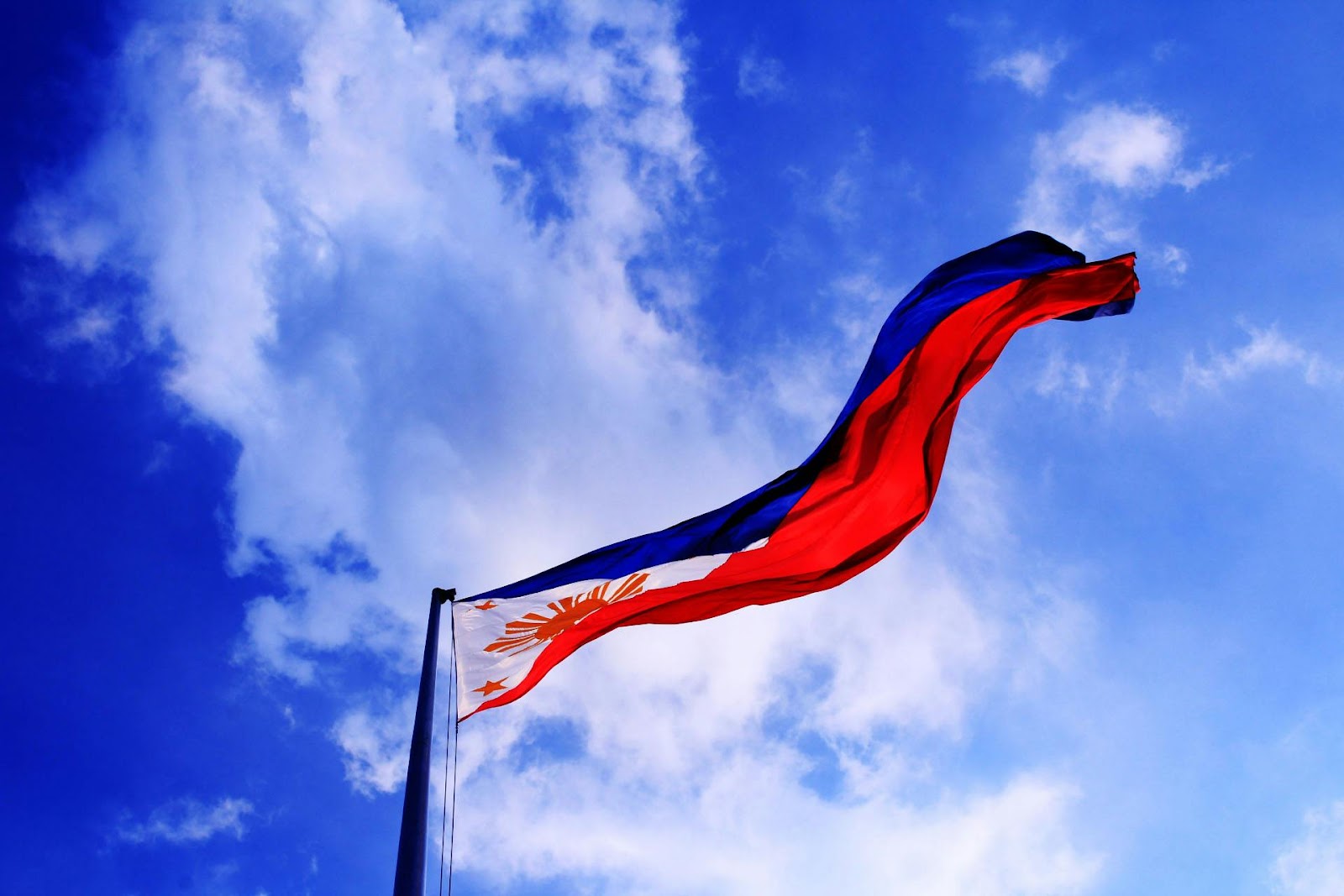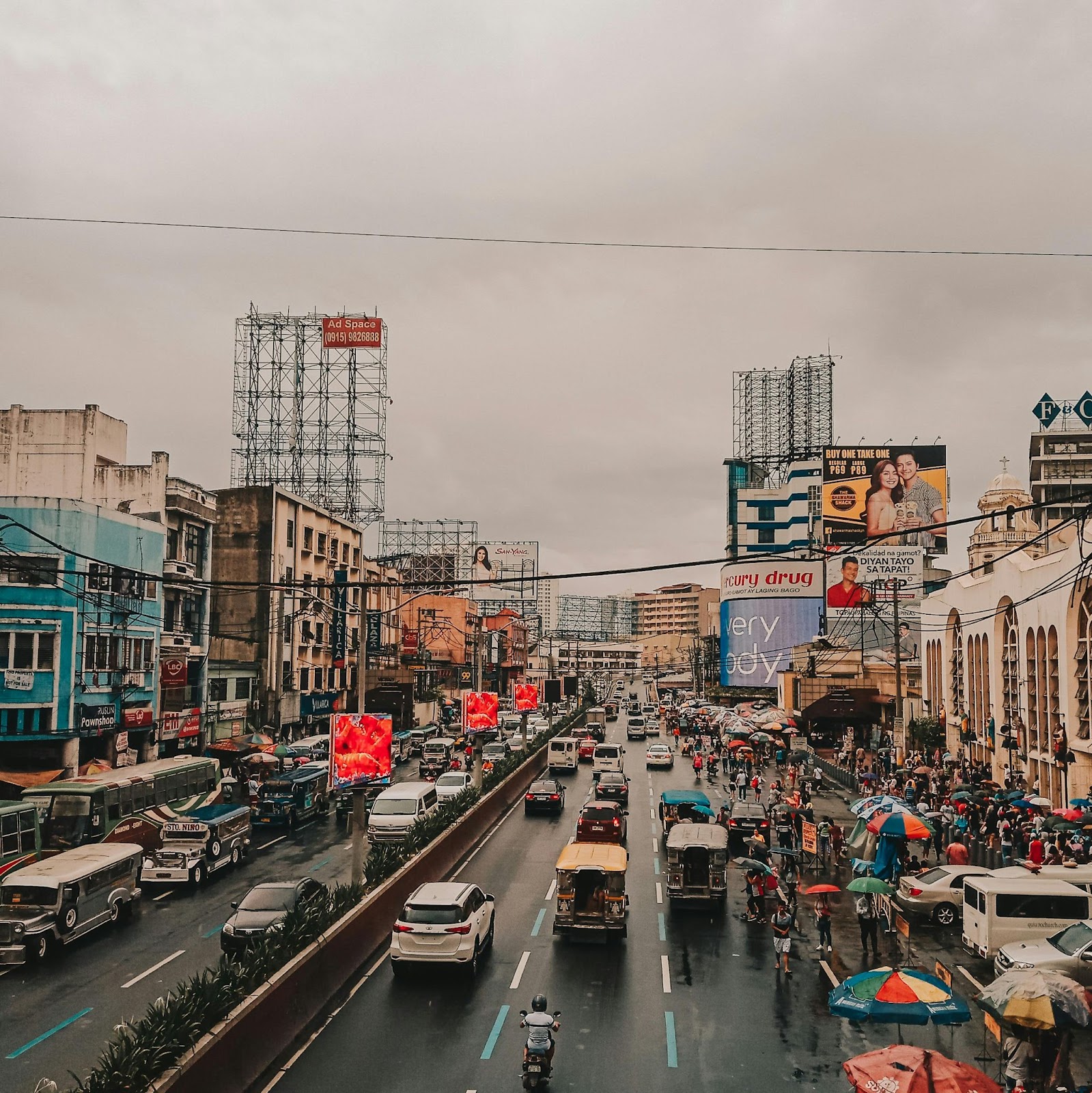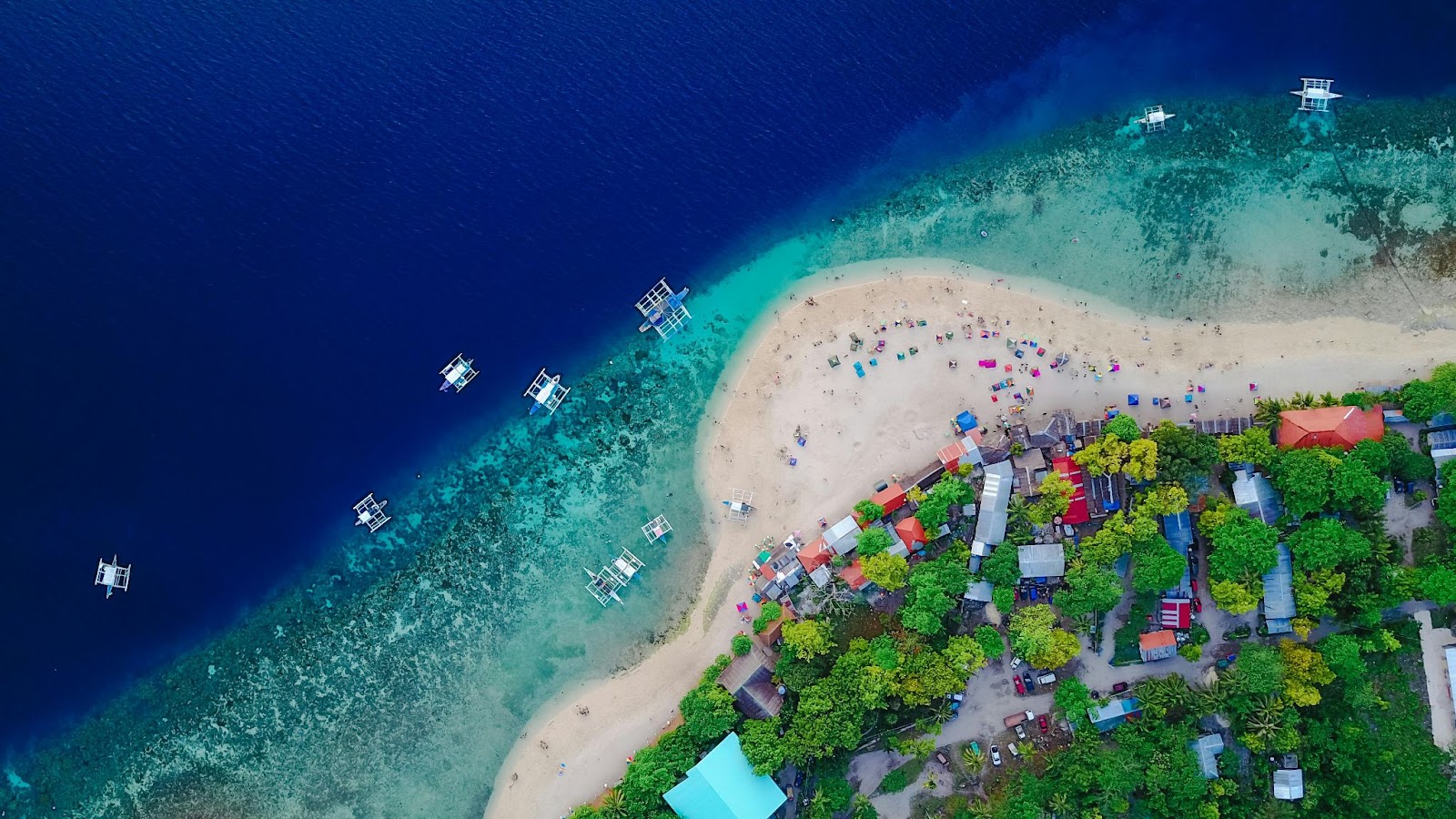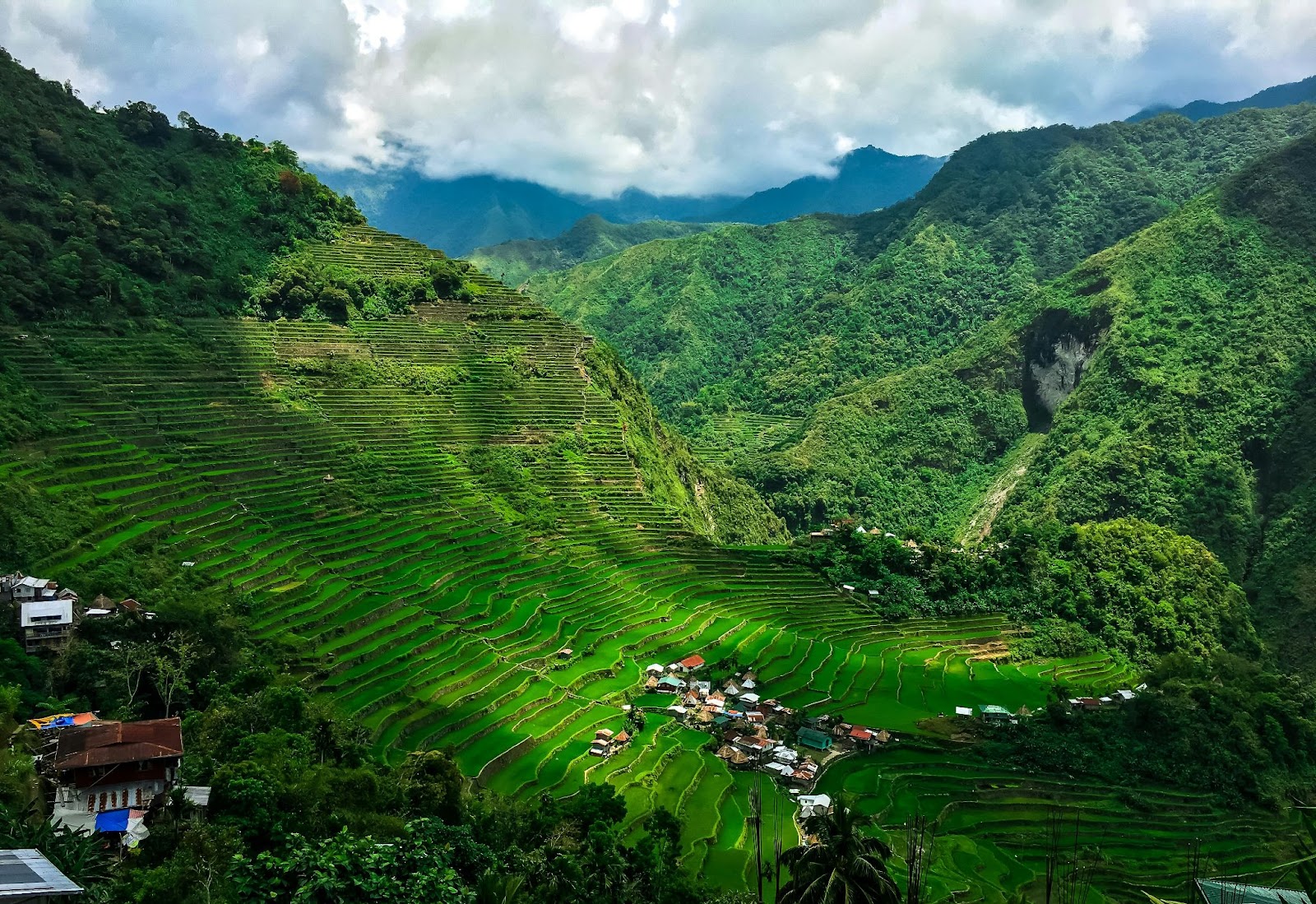 Enchanting Islands of the Philippines: Travel Tips for Unforgettable Adventures
Enchanting Islands of the Philippines: Travel Tips for Unforgettable Adventures
Philippines Travel Tips
The Philippines is an archipelago in Southeast Asia, consisting of over 7,000 islands. It boasts stunning landscapes, including lush forests, volcanic mountains, and crystal-clear waters. With a tropical maritime climate, the Philippines experiences two main seasons: the dry season from November to April, ideal for beach holidays, and the wet season from May to October, known for occasional typhoons. Travelers should plan their trips accordingly to make the most of their experience.
The Philippines is a melting pot of cultures, influenced by various civilizations throughout history. Filipino culture is a blend of indigenous traditions, Spanish colonial heritage, and American pop culture. This diverse mix is reflected in the country’s cuisine, festivals, and arts. Tagalog is the official language, but English is widely spoken, making it easy for travelers to communicate with the locals. Embracing the Filipino way of life and respecting local customs will enrich any travel experience in this vibrant country.
 Planning Your Trip: Philippines Travel Tips
Planning Your Trip: Philippines Travel Tips
The Philippines welcomes visitors all year round, but the best time to visit is during the dry season from November to April. This period offers sunny days, perfect for beach activities and exploring the picturesque landscapes. However, it’s essential to note that popular tourist destinations might be more crowded during peak season, so planning in advance is advisable for a smoother vacation experience.
Travelers from most countries can enter the Philippines without a visa for stays of up to 30 days, as long as they hold a valid passport. For longer stays, or if you plan to engage in activities beyond tourism, it’s recommended to check the specific visa requirements beforehand. Ensure that your passport has at least six months’ validity beyond your intended stay to avoid any immigration issues upon arrival.
When traveling to the Philippines, Philippines Travel Tips it’s advisable to stay hydrated, especially in tropical climates. Remember to drink bottled water and eat at reputable food establishments to avoid any health issues. Additionally, it’s recommended to apply mosquito repellent, especially in areas where mosquito-borne diseases like dengue fever are prevalent.
 Top Destinations to Explore
Top Destinations to Explore
Philippines Travel Tips is renowned for its breathtaking beaches and natural wonders. With over 7,000 islands, the country boasts a diverse range of coastal gems. Among the top destinations is Palawan, known for its crystal-clear waters and stunning limestone cliffs. Boracay is another favorite, offering powdery white sands and vibrant nightlife. For those seeking a more secluded escape, Siargao beckons with its pristine beaches and world-class surfing spots.
Immerse yourself in the rich history and culture of the Philippines by exploring its historical sites and cultural highlights. Visit Intramuros in Manila, a well-preserved Spanish colonial district that takes you back in time. The Banaue Rice Terraces in Ifugao showcase the ingenuity of the indigenous peoples and are a UNESCO World Heritage Site. Don’t miss the chance to experience the colorful festivals like the Ati-Atihan in Aklan or the Sinulog in Cebu, which celebrate the country’s vibrant traditions and customs.
 Respecting Local Customs and Practices
Respecting Local Customs and Practices
When visiting the Philippines, Philippines Travel Tips need to understand and respect the dos and don’ts to ensure a smooth and culturally sensitive experience. Do greet locals with a smile and a nod as a sign of respect. It’s common to use “po” and “opo” to show politeness when speaking to elders. Don’t forget to take off your shoes before entering someone’s home as a sign of humility and cleanliness. Avoid pointing with your finger; instead, gesture with your lips or use your whole hand to indicate direction.
Engaging with locals respectfully is key to fostering positive interactions. It’s important to ask permission before taking photos of people, especially in rural areas. Avoid public displays of affection, as this is considered inappropriate in Filipino culture. When in doubt, observe and follow the lead of locals in social situations. Remember to express gratitude by saying “Salamat” (thank you) to show appreciation for gestures of kindness.